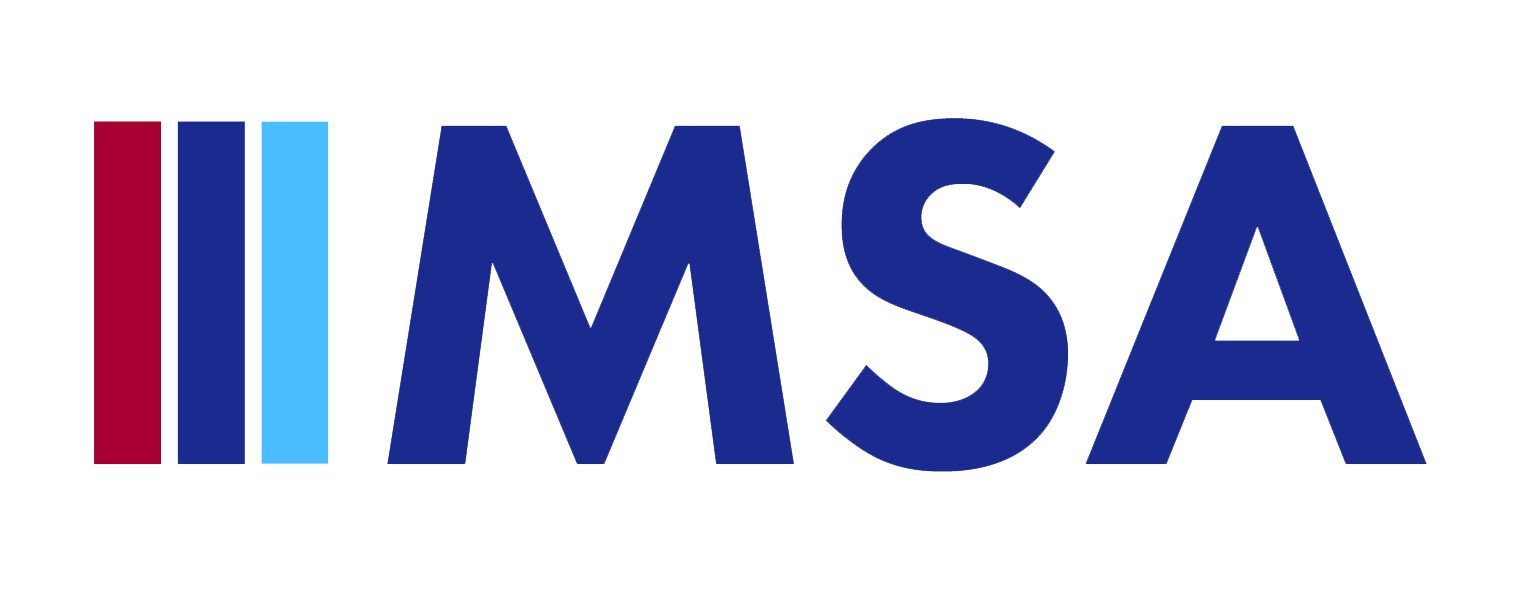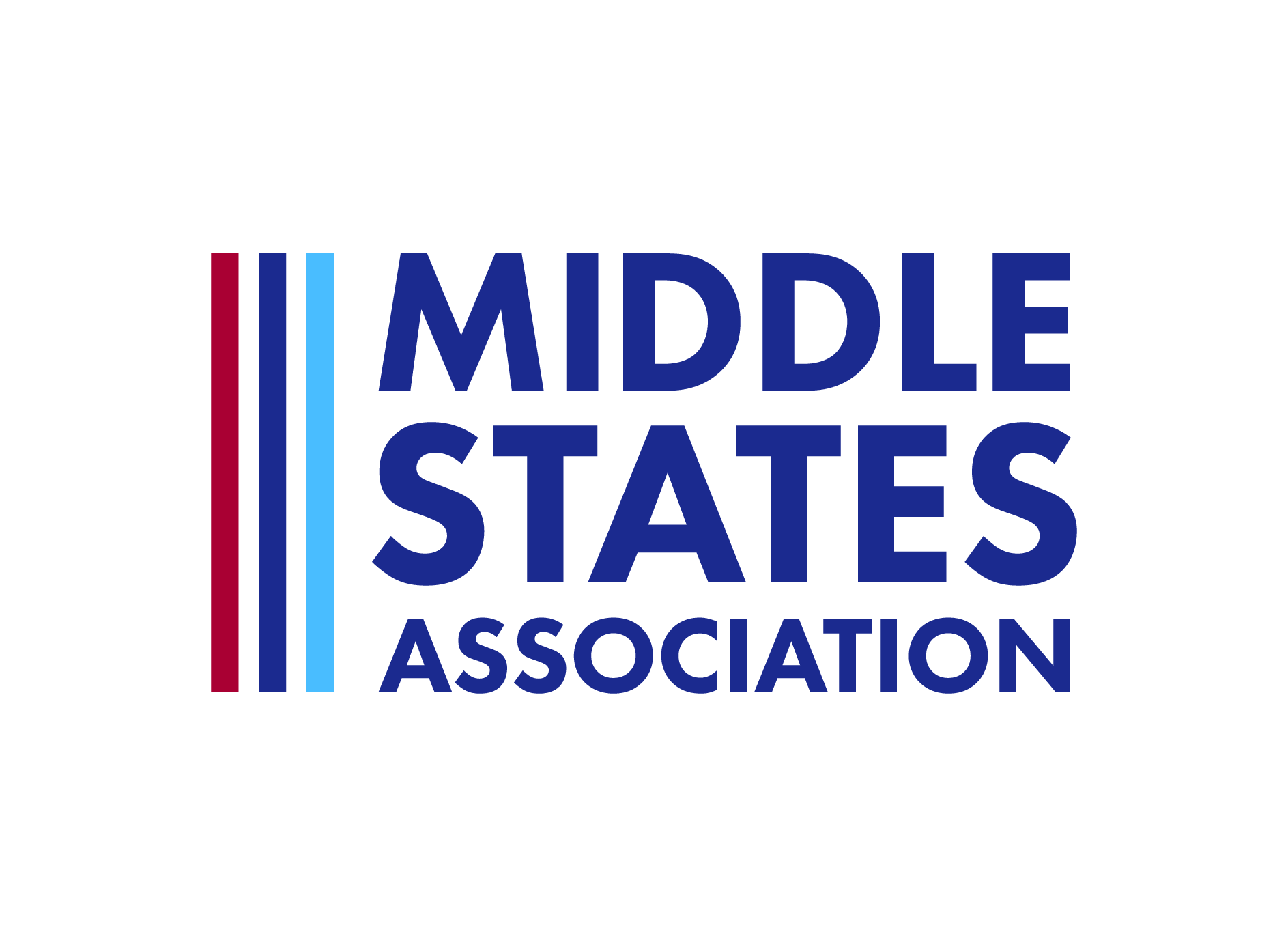We sometimes forget that our most powerful experiences happen when we feel known and cared for.
In the healthiest schools, this is abundantly clear for the students. Their teachers greet them when they enter the classroom, call them by name, and learn about their families and friends and interests.
But what about the adults?
In my previous blog post about our “Advancing Education Leaders of Color” webinar with Ligia Alberto, Ed.D, and Sadia White, I summarized key takeaways about creating the conditions for students of color to see themselves as teachers of color—and for teachers of color to see themselves as education leaders of color.
Let’s dive deeper into the takeaway about strengths-based organizational cultures, because it’s a great way to ensure that our students, teachers, and staff of color feel known and cared for.
1 | Shift your organizational culture from a deficit- to a strengths-based mindset.
To achieve their vision, the best schools nurture their organizational culture—which I define as “value-driven behaviors.” Start by designing conversations that result in a shared understanding of a strengths-based model.
Start with a shared mental model: Socialize strengths-based models like positive psychology and growth mindset with instruments like CliftonStrengths or the VIA assessment.
Practice leads to repetition. Practice with feedback leads to growth: Practice using common language for strengths. For example, in our work on teacher growth and development, teachers name the ways in which their strengths show up in their teaching. Participants then give peers feedback on “where I saw you shine.” These simple experiences result in teachers feeling known and cared for because of their diverse strengths.
2 | Encode a strengths-based model in governance and policy.
To help a strengths-based culture stick, design it into your governance and policies to align definitions and resources.
It starts with governance: Ask your Board of Trustees or Directors to adopt a strengths-based picture of the human being. They can encode this in your school’s mission statement and Portrait of a Graduate.
From governance to policy: Craft policies to incentivize people of color to consider careers in your school. Start by eliminating or modifying existing policies that run counter to your efforts. For example, consider evolving a traditional student discipline model to a restorative justice model. Then get creative. As Sadia White pointed out, the Newark Public School District established a policy guaranteeing a teaching or staff job to high school alumni who graduate from an education program at a 4-year college or university.
Back to governance: Policies don’t work if they are not funded. Ensure that the Finance Committee of the Board commits to resourcing strengths-based policies.
3 | Translate a strengths-based model into mentorships, “verbal persuasion,” and projects.
Great athletes exercise discipline around their conditioning. They also practice and scrimmage to prepare for games. In a similar vein, treat relationships and special projects as forms of “practices” and “scrimmages.”
Try mentorships: School leaders should mentor teachers and staff of color. Mentoring includes crucial behaviors such as expressing belief in the mentee’s efforts; protecting the mentee from undue or unwarranted scrutiny or criticism; coaching the mentee to higher levels of performance; ensuring visibility for the mentee; sponsoring the mentee for appropriate growth opportunities; and sharing information about leadership opportunities. When in-house mentoring isn’t feasible, encourage teachers and staff of color to participate in networks that will support their growth.
Try “verbal persuasion”—for everyone: Encourage teachers to articulate to students their strengths so that students are “persuaded” that they might some day make a great teacher, coach, principal, or more. Similarly, encourage seasoned teachers and administrators to tell new teachers and staff what’s right with them. And when it comes to addressing gaps in skill or knowledge, use a growth and development model.
Rethink projects: Look for projects and stretch assignments to enable teachers and staff of color to (1) showcase their strengths and (2) develop skills and knowledge that help them to grow into leadership. Let them know before, during, and after how the work can set them up for future success.
Organizational culture shifts are a marathon, not a sprint. Just as you would not try to run 26 miles on your first day of training for a marathon, neither should you try to do all of the above in your first attempts to shift your school’s culture. Slow, steady, and intentional will win the day.
Christian Talbot
President
Middle States Association
Commissions on Elementary and Secondary Schools

